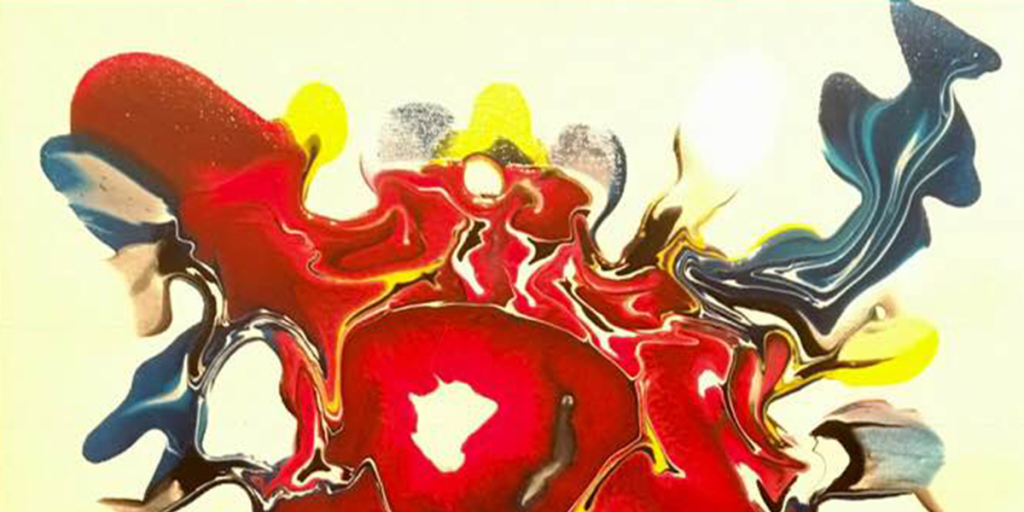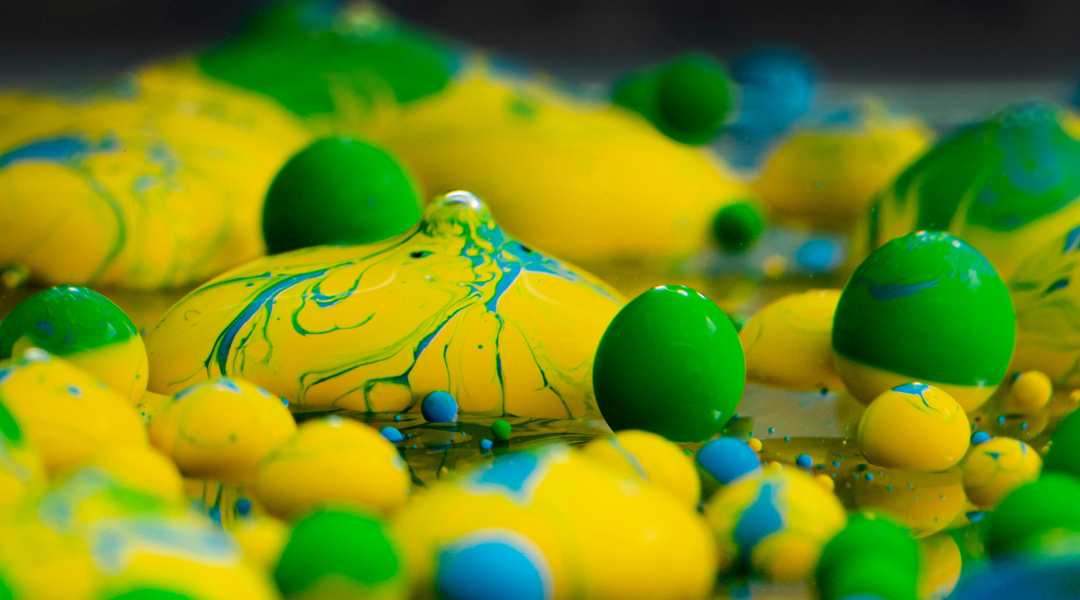Acrylic pouring is a painting technique that has taken the art world by storm, and it’s certainly had a deep impact on my life. After all, you wouldn’t be reading this on my website dedicated to it if it didn’t! Much like the paint itself, my creativity flows through this art form; but for the uninitiated, what is acrylic pouring? Join me as we explore the magic of acrylic pouring as well as my journey of how I became to embrace it.
Check Out Unique Items at the Jelly Web Store!
The Basics of Acrylic Pouring
Acrylic pouring—also referred to as fluid painting—involves mixing acrylic paint with a pouring medium to create a consistency that is thin enough to pour but thick enough to hold its shape. The paint is then poured onto a surface and then manipulated to allow the paint to flow and create unique patterns and designs.
Who sparked the idea for this novel form of creative expression? A Mexican artist named David Alfaro Siqueiros. Created in the 1930’s, Siqueiros used a technique called “accidental painting” to create unique patterns and designs on his canvases. However, it wasn’t until Baltimore artist Morris Louis used a technique called “color field painting,” in the 1960s that acrylic pouring became popular among artists.
Flash forward to the age of social media, and suddenly even those outside the art sphere were enamored by the beauty of acrylic pouring. With artists sharing their creations on platforms like Instagram, Tik Tok, and YouTube, the world became interested in both its mesmerizing process and awe-inspiring results.
My Relationship with Acrylic Pouring

Acrylic pouring is also known as fluid painting.
So where does my story start in all of this? With feet firmly planted on each, I stand upon two pillars of passion within my life: art and music. However, within the early stages of my life, I struggled on finding even footing within these two creative outlets. Although it had always been a creative outlet for me, I hated feeling constricted by the confines of what art “should” look like in high school, so I transitioned my focus solely onto playing guitar.
It wasn’t until years later after I had decided to raise a family that I understood that my passions could not only coexist but combine to form something that transcended my preconceived notions of what art could be.
On a frosty winter day, plagued by boredom and snowed in, I dusted off my acrylic paints and began experimenting with them, water, and various media to form free flowing creations. Unincumbered by the rigid expectation of perfection, it allowed me to enjoy the process, accept the “fluid imagination” of it all, and create something new and exciting. Then, after taking a break to play my guitar, I noticed that the vibrations from my guitar moved the paint like a dancer would be moved by music. From there, I laid my amp speaker down, laid the canvas on top, and began playing. Like a light in the dark, I realized I had combined my creative outlets to create something truly special and I haven’t looked back since.
Final Thoughts
Acrylic pouring is not a new concept, yet years after its creation it still finds ways to inspire new droves of artists, including myself. Acrylic pouring reinvigorated my love for art and allowed me to express myself in ways that seemed impossible before. So, what is acrylic pouring, anyway? For me, it’s an open doorway to new possibilities.


